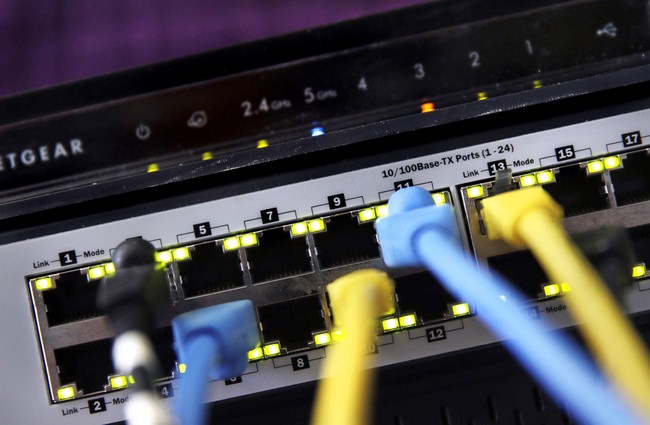Share this @internewscast.com

By Theresa Payton
Although Iran’s kinetic capabilities seem to be decreasing, the nation is likely to respond to Israel’s missile attacks with cyber operations, potentially targeting American interests. With AI advancements transforming hacking methods — involving cyber-physical warfare, impersonation of officials, and significant data breaches — it is crucial to integrate these emerging technologies along with other digital security measures into our defense systems.
Iran-linked hackers, along with those from other foreign governments, are utilizing new AI technologies to enhance their cyberattacks against the United States, Israel, and numerous international targets. In January, Google’s cyber-threat experts disclosed that numerous hacking groups from over 20 countries have started using Google’s Gemini chatbot to help with writing malicious code, searching for known cyber vulnerabilities, and researching organizations to target, among various other tasks. As AI development progresses, it is essential for Americans to consider protective measures for citizens, focusing on both individual digital practices and national defense strategies.
The incorporation of AI into warfare is complex. It not only brings a new level to hacking attacks but also influences areas like Israel’s drone part smuggling, which alters cyber-physical warfare. The reported infiltration of Israeli drone parts into Iranian drones signals a daring advance in hybrid warfare, merging covert hardware with digital precision and thus redefining espionage and supply chain security. Iran might resort to techniques such as voice cloning and deepfakes to masquerade as top government officials, deceiving unknowing Americans into sharing information they would not typically disclose to Iranian agents.
Large-scale data breaches remain a serious concern as well. Though kinetic actions dominate the current crisis, Iran’s cyber past — (disrupting 1,000 dissidents in 2021, targeting Israeli data in 2023) — foreshadows potential escalation. Iran’s APT35 group exploits digital footprints such as targeting people on dating platforms or creating fake job sites. The U.S. must brace for a cyber dimension that could emerge rapidly in this volatile conflict.
RELATED: New: Iran Strikes Israeli Hospital With Ballistic Missile, Netanyahu Responds
More traditional theaters of war might understandably consume the concerns of national security officials and everyday Americans. We have a more robust cultural understanding of kinetic military campaigns and their potential impacts than of cyber attacks, particularly ones that utilize newer technologies like AI. But these newer tools will not be overlooked by those who seek to do harm. We must be prepared.
My bold prediction: Iran’s history of cyberattacks signals it could pivot to the U.S. amid tensions. In August 2024, Iran’s hackers spear-phished a U.S. presidential campaign official, aiming to influence elections, per FBI reports. Iran could escalate by targeting U.S. critical infrastructure — energy or finance — using AI-driven phishing to exploit digital footprints, as 91 percent of cyberattacks begin with phishing (2023 Verizon DBIR). Especially as Iranian kinetic options become increasingly limited, we need to be vigilant and ready for Iran to make a move like this.
AI opens up opportunities in many facets of life and industry, which, for better and for worse, includes warfare. What can never get lost is the essential duty that technology like AI has to serve human interests. America’s national security institutions should prepare to use the latest and best technology to protect our digital infrastructure and, thus, our people.
















